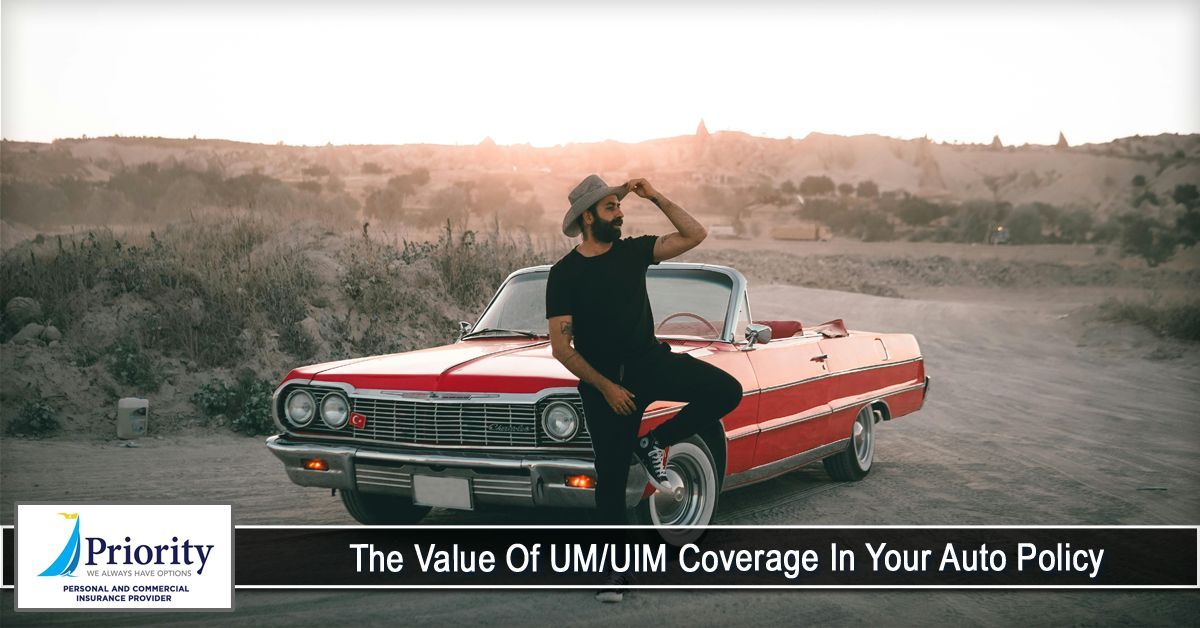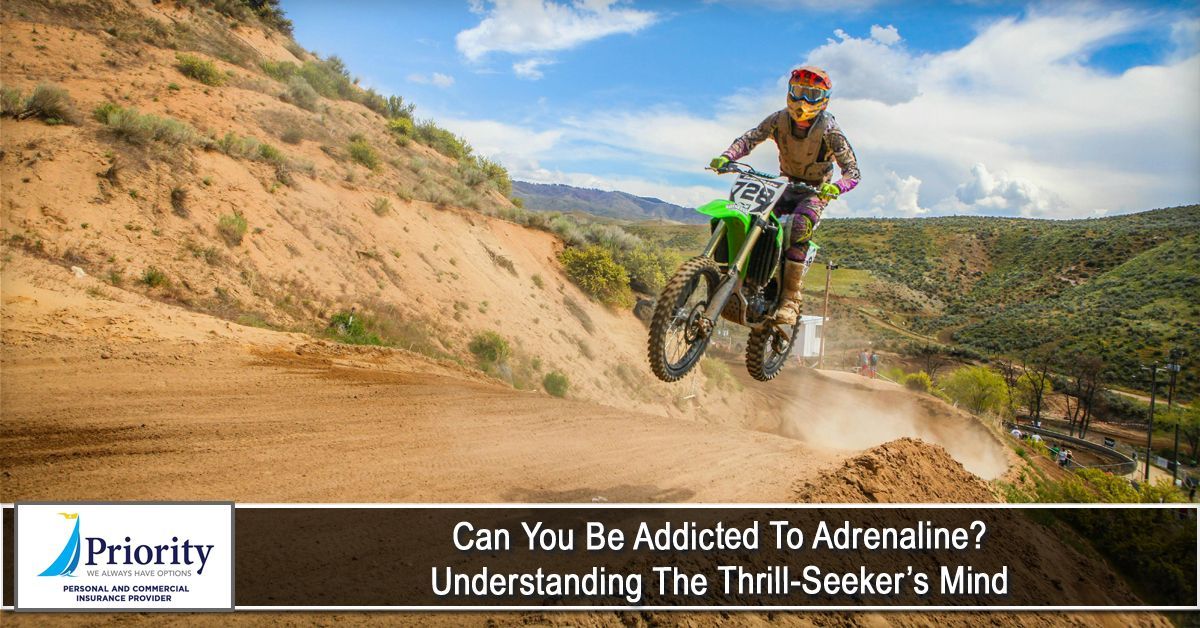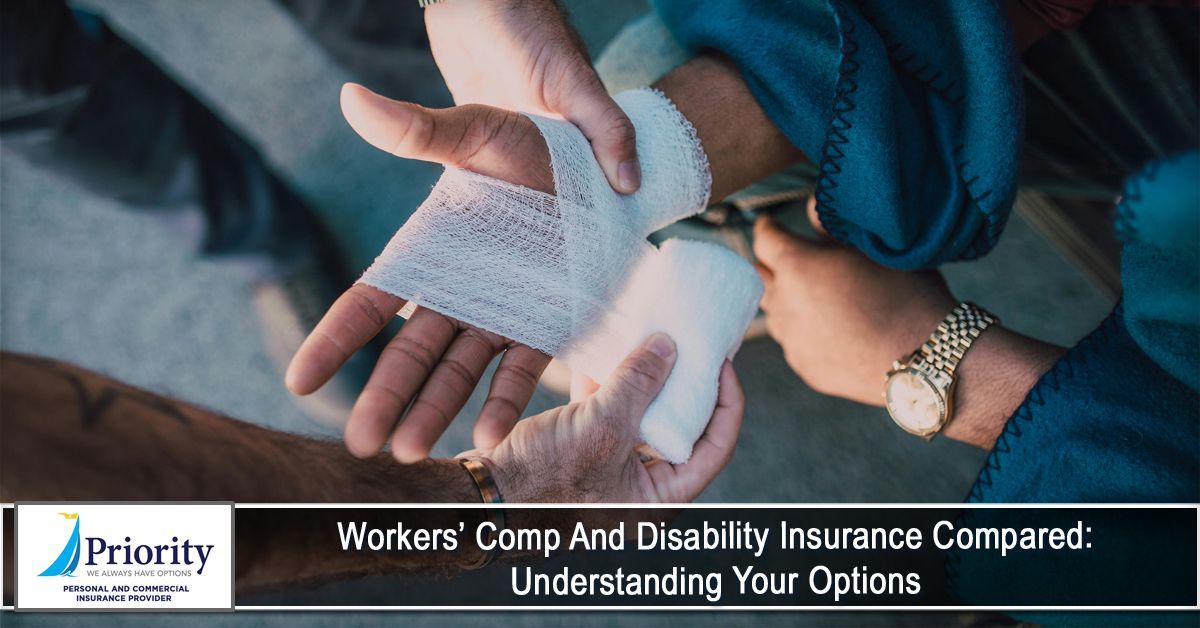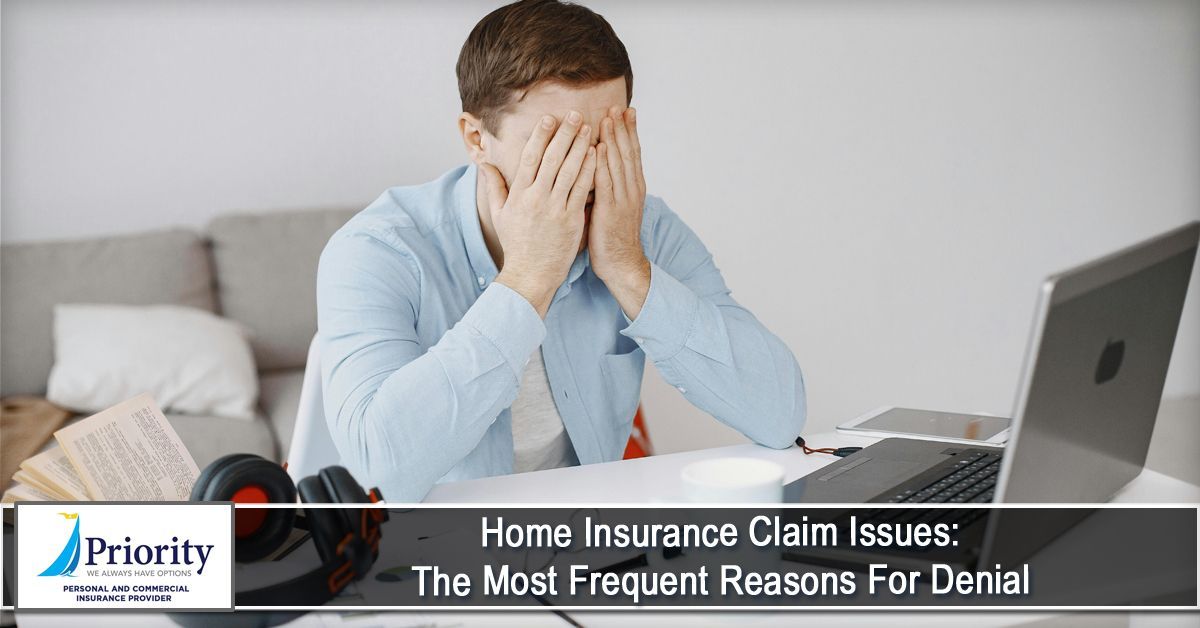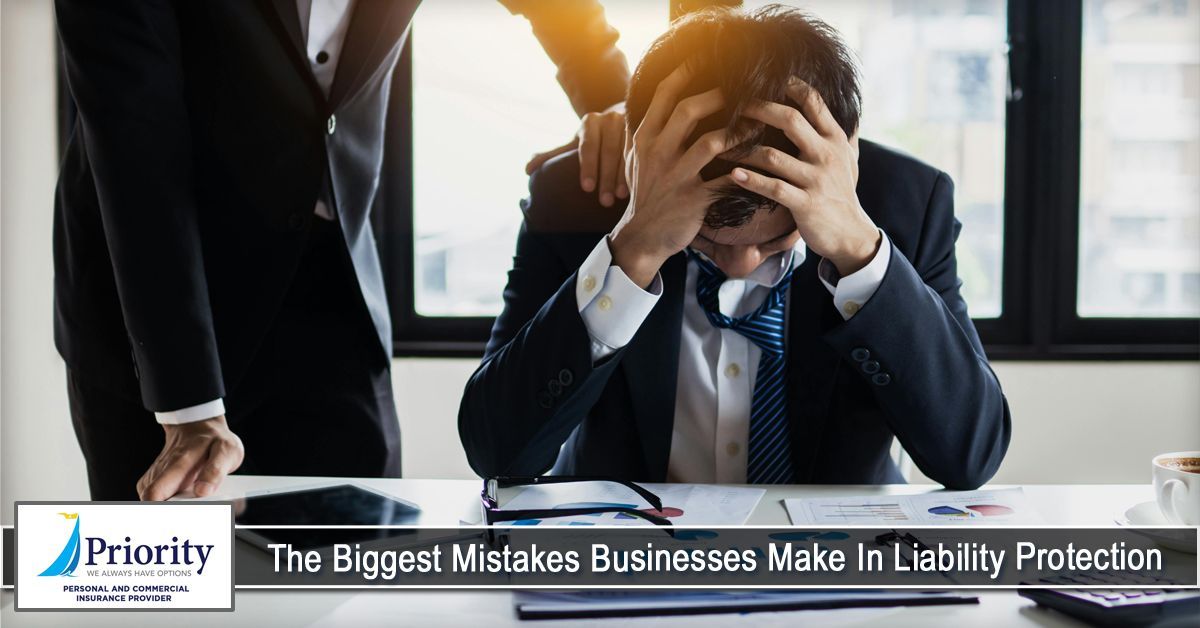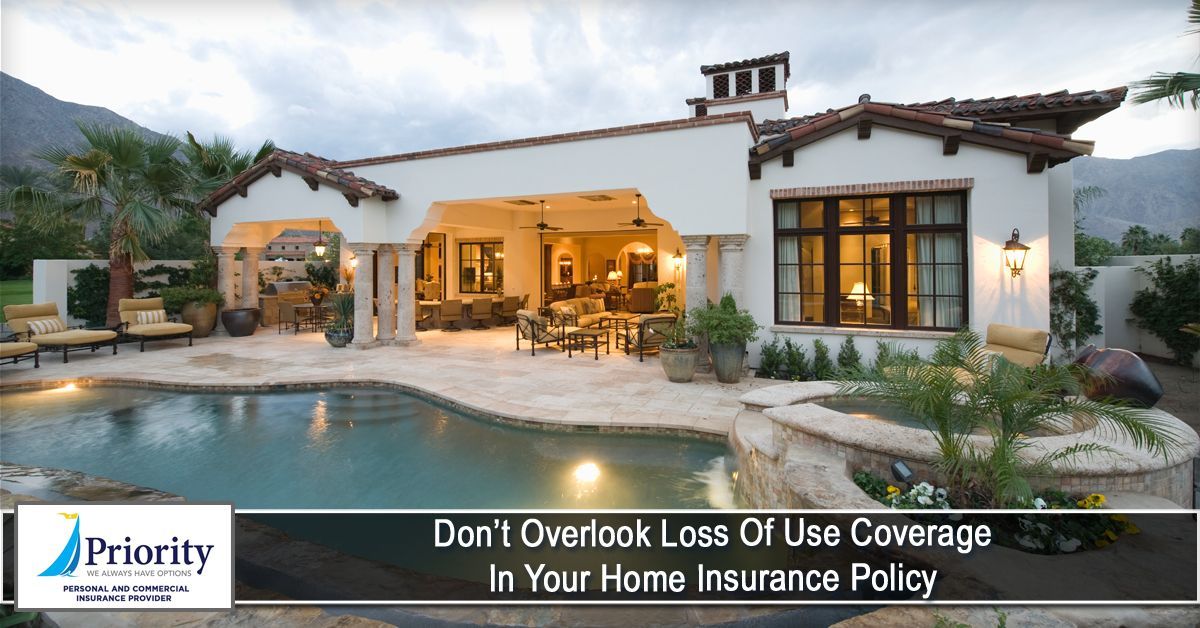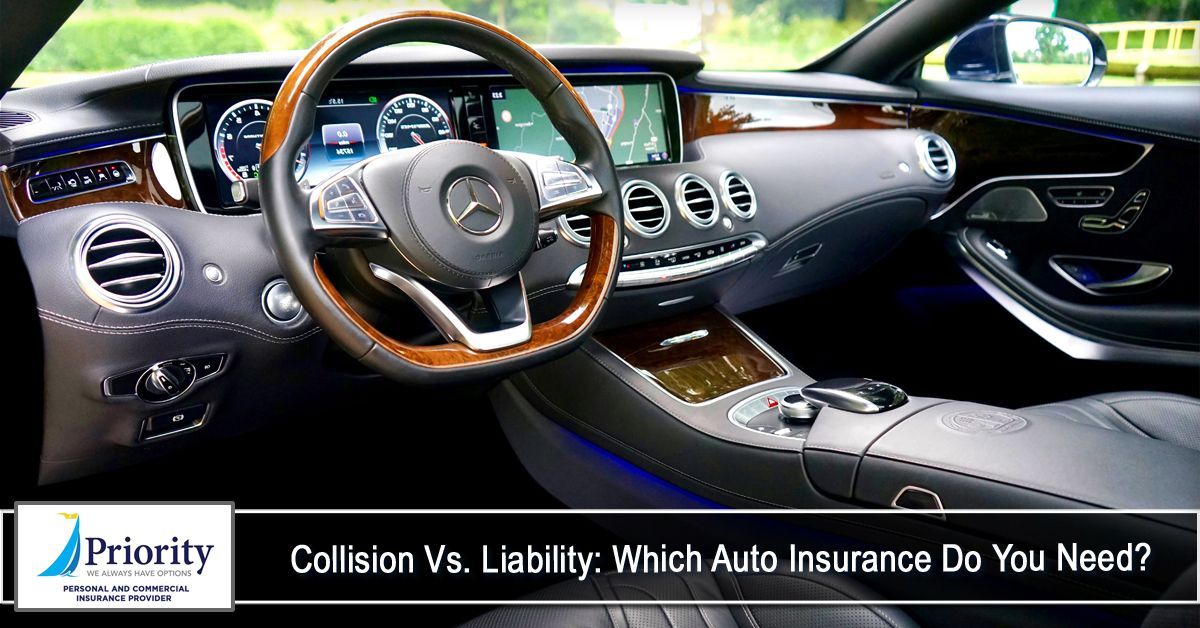
From hailstorms and flash floods to hurricanes and wildfires, extreme weather events are becoming more frequent and more intense across the country. For drivers, that means more than just navigating dangerous roads — it means facing potential damage to their vehicles and unexpected insurance claims. Understanding how your car insurance policy responds to extreme weather is key to protecting your vehicle, your finances, and your peace of mind.
What Types of Weather Damage Are Covered by Car Insurance?
The good news: many extreme weather events are covered by your car insurance — but only if you have the right type of policy.
✅ Comprehensive Coverage (a must-have for weather-related damage)
This optional coverage pays for damage to your vehicle caused by events other than a collision, including:
- Hail and wind damage
- Flooding and flash floods
- Falling trees or debris during a storm
- Fire and wildfires
- Earthquakes (in some cases)
- Lightning strikes
- Theft or vandalism (often more common during disasters)
Note: Comprehensive coverage is not required by law, but if you’re financing or leasing your car, your lender likely requires it.
Liability-Only Coverage
Liability insurance — which is legally required in most states — covers damage you cause to others, but not damage to your own vehicle, including from weather events.
Special Considerations for Flood Damage
Flooding is one of the most common and costly forms of weather-related vehicle damage — and it’s only covered under comprehensive insurance. Water can cause irreversible damage to your car's electrical system, engine, and interior. If your vehicle is submerged or flooded during a storm:
- Do not attempt to drive it.
- Contact your insurer as soon as it is safe to do so.
- Take photos of the damage for documentation.
- Your car may be declared a total loss depending on the extent of water damage.
Before the Storm: Smart Steps to Protect Your Vehicle
Proactive measures can reduce risk and make claims smoother:
- Check your coverage before storm season to ensure comprehensive protection is in place.
- Park in a garage or covered area during storms, when possible.
- Avoid driving through floodwaters, even if they appear shallow.
- Secure loose outdoor objects that could become airborne and damage vehicles.
- Know your deductible and how much you’ll be responsible for if you need to file a claim.
Filing a Weather-Related Insurance Claim: What to Expect
If your vehicle is damaged by an extreme weather event:
- Contact your insurer promptly to start the claims process.
- Provide photos or videos of the damage if it’s safe to do so.
- Review your policy’s deductible and limits to understand your financial responsibility.
- Some insurers may dispatch adjusters quickly during widespread disasters to handle claims in bulk.
Tip: If your area experiences a major weather disaster, repair shops may be backed up — the sooner you file, the faster your vehicle can be assessed and repaired.
Is Extreme Weather Changing How Car Insurance Works?
Yes. As storms become more frequent and severe, insurers are adjusting how they evaluate risk and price policies. In high-risk areas, you might see:
- Higher premiums for comprehensive coverage
- Stricter underwriting standards
- More detailed requirements for vehicle storage or safety precautions
Staying informed and adjusting your coverage accordingly helps you stay ahead of these changes and avoid costly surprises.
Final Thoughts: Weather the Storm with the Right Protection
You can’t control the weather, but you can control how well you’re protected when it strikes. Having comprehensive
car insurance is essential for covering weather-related damage, especially in regions prone to hurricanes, hail, flooding, or wildfires. Reviewing your policy annually and staying proactive before storm season can help ensure you’re not left out in the rain — financially speaking.
At Priority Insurance LLC, we put our clients first by offering them policies that they can afford. Having insurance is a necessity nowadays, and we're here to help you out. Learn more about our products and services by calling our agency at (864) 297-9744. You can also request a free quote by CLICKING HERE.
Disclaimer: The information presented in this blog is intended for informational purposes only and should not be considered as professional advice. It is crucial to consult with a qualified insurance agent or professional for personalized advice tailored to your specific circumstances. They can provide expert guidance and help you make informed decisions regarding your insurance needs.

